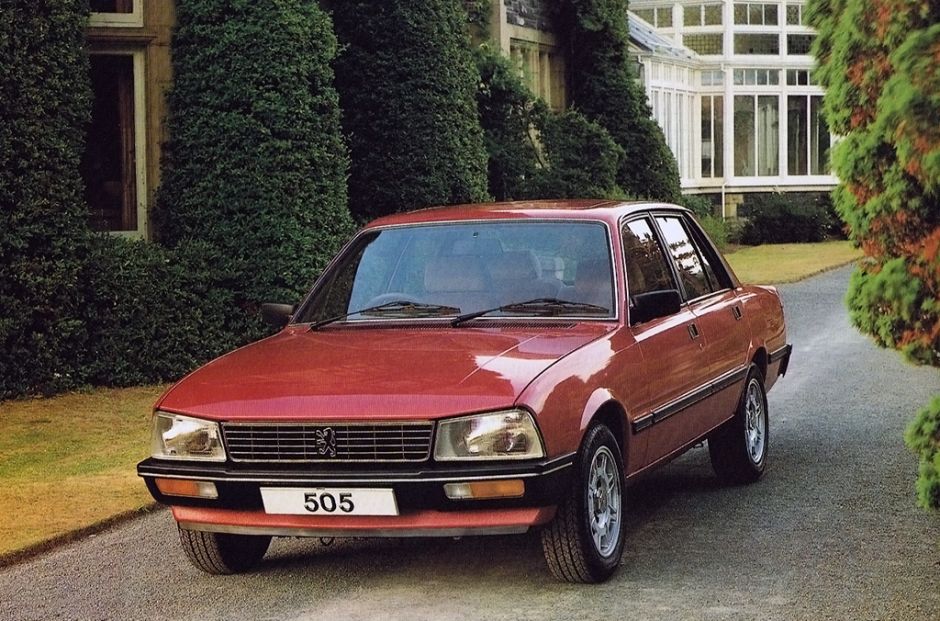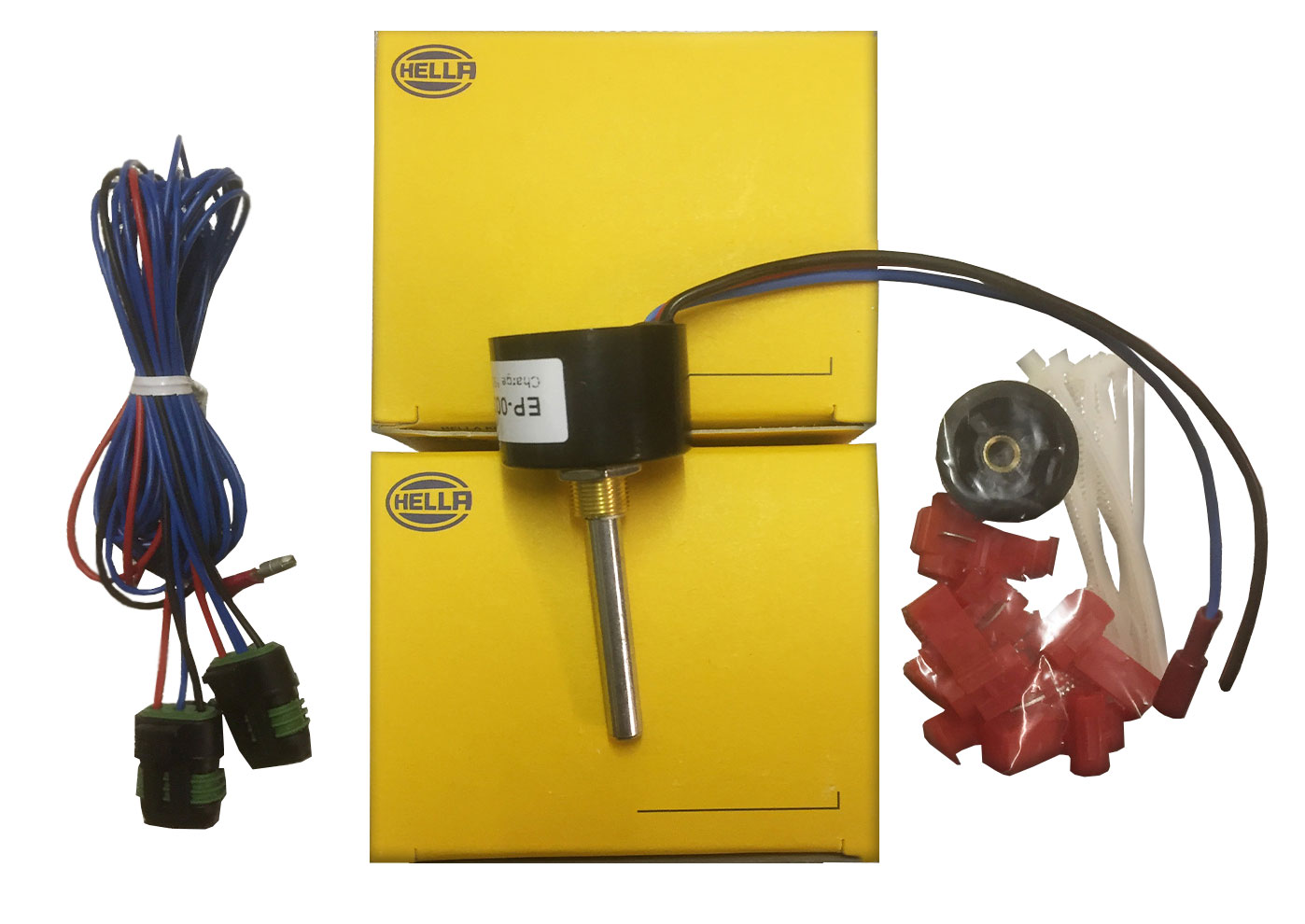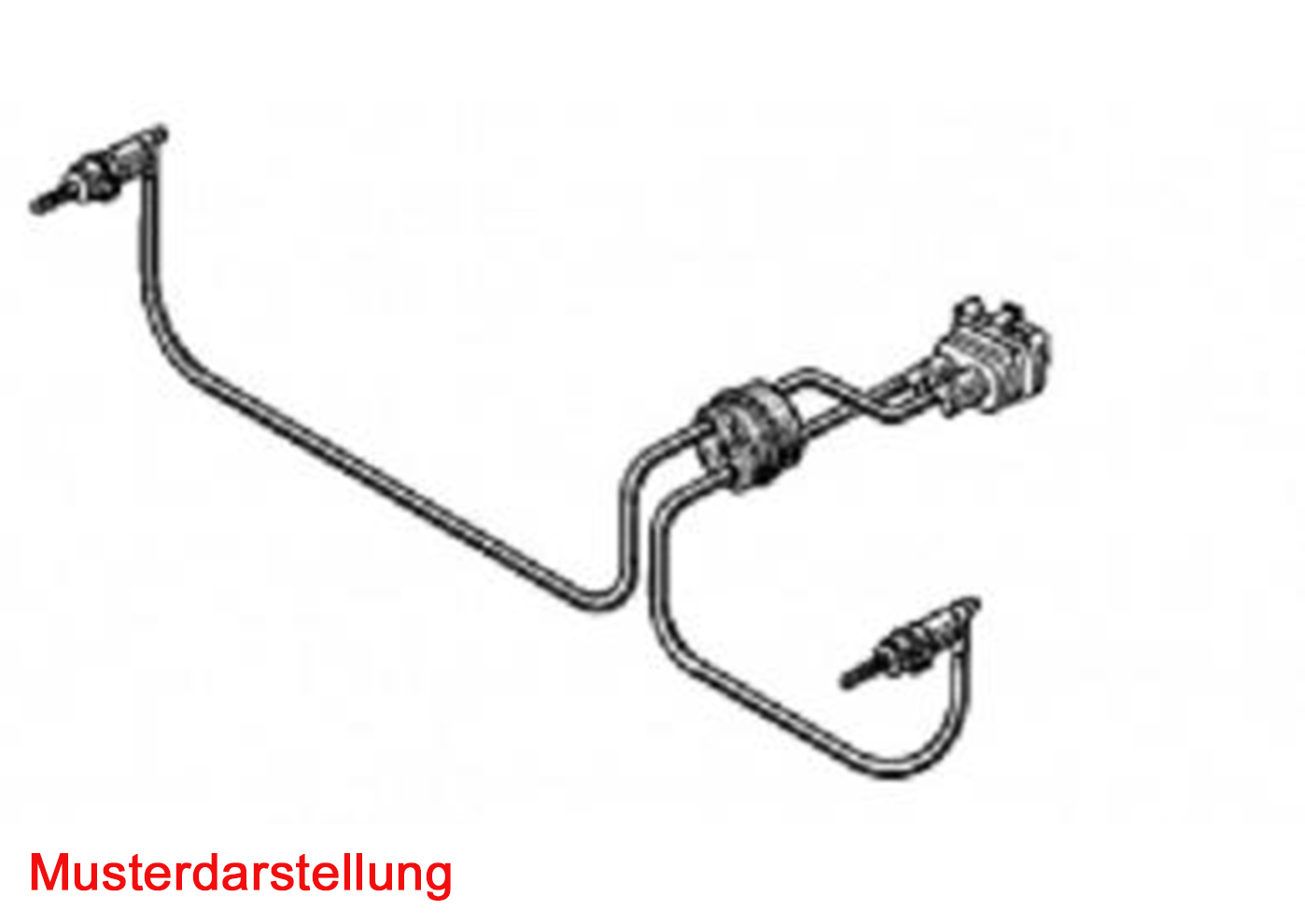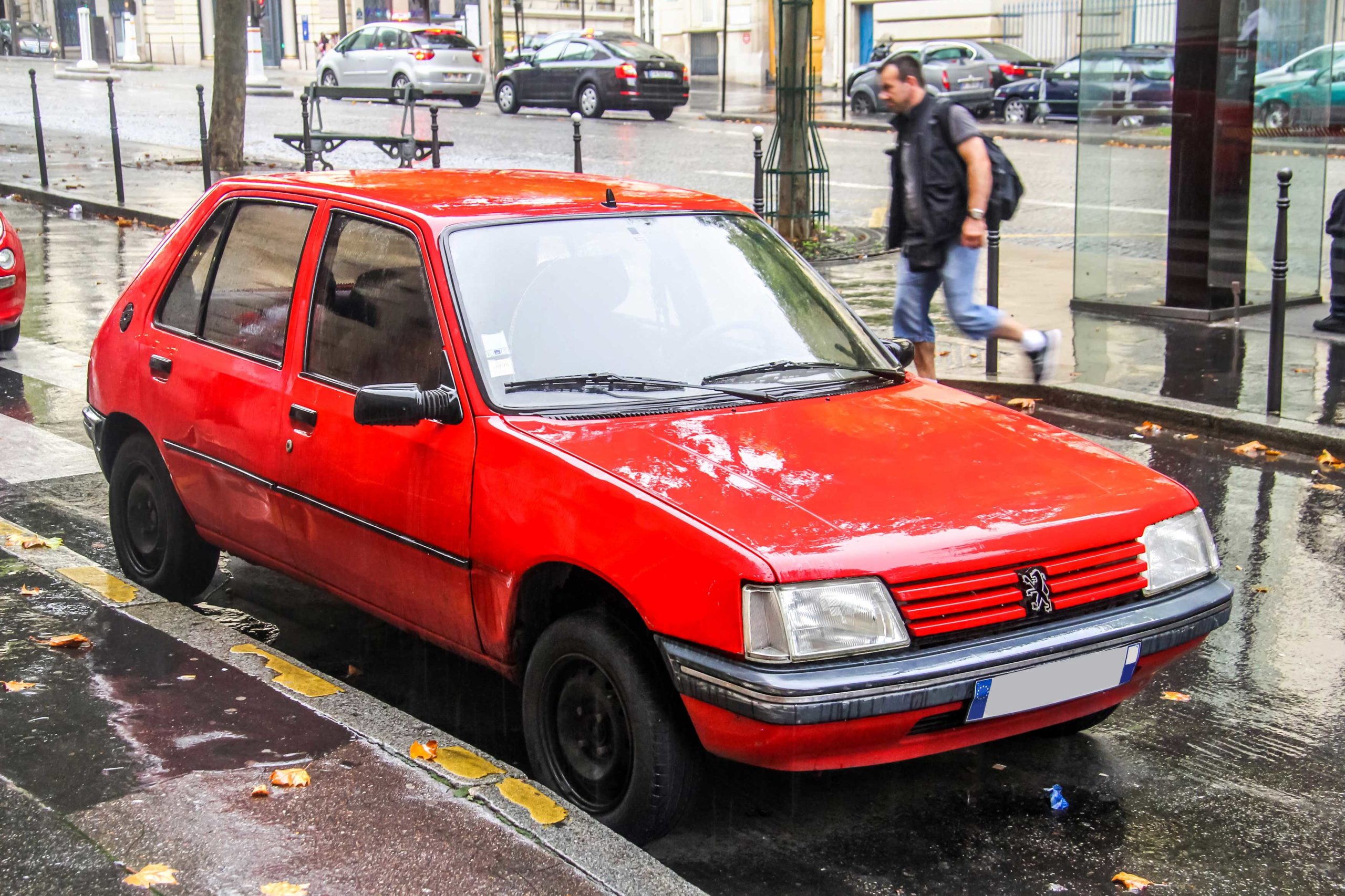Description
The Peugeot 505 was presented in May 1979 as the successor to the Peugeot 504. The Peugeot 505 came into a difficult legacy, as the 504 had been the most successful Peugeot model up to that point. Like this one, it has been assembled in various countries including Argentina, Chile, PR China, Indonesia and Nigeria.
The drive and chassis of the 505 were largely taken over from its predecessor. The engine was installed lengthways at the front and drove the rear wheels. The front wheels were individually suspended on MacPherson struts and wishbones, while the rear of the station wagons and the sedans built in Argentina had a rigid axle with a drawbar and Panhard rod or trailing arms for all others.
For the body, the design by Pininfarina prevailed in the competition against that of the Peugeot design department. Pininfarina made the 505 angular and conservative, just as he had designed the 504. After production was discontinued in Europe, the 505 was built and offered for the local market by Sevel Argentina until 1995 and the Chinese company Guangzhou Peugeot Automobile Company until 1997 under the name Guangzhou-Peugeot GP 7202.
The vehicle was initially only offered as a four-door notchback sedan. In April 1982, the Break station wagon version appeared, with up to eight seats (Familial). Like the Citroën CX Familiale, the Peugeot 505 Familial had a third seat in the direction of travel – at that time the only European station wagon with eight seats.
Two body variants (coupé and convertible), only realized as prototypes, are owned by the Musée de l’Aventure Peugeot in Sochaux (France).
Two series of the 505 were produced one after the other: Outwardly, these differed slightly in terms of modified taillights, bumpers and front aprons.
Apart from the Peugeot 405, which appeared in autumn 1987, the model was the last Peugeot to be sold in the USA – but only with modest success there. It was also the first Peugeot model in Germany to be offered with a catalytic converter.
The Peugeot 505 was also the last rear-wheel drive Peugeot and the last with the brand face of the 1960s (front leaning forward, headlights with “open eyes”). The drag coefficient was 0.44 (compared to the Audi 100 C3 from 1982 with drag coefficient 0.30).
Production in Europe ended in early 1992 with the station wagon, while the sedan was no longer available in Germany from mid-1989. The 505 was then produced in various countries for a few years. It was manufactured for the European market in the main Peugeot plant in Sochaux.
The Peugeot 505 was presented in May 1979 as the successor to the Peugeot 504. The Peugeot 505 came into a difficult legacy, as the 504 had been the most successful Peugeot model up to that point. Like this one, it has been assembled in various countries including Argentina, Chile, PR China, Indonesia and Nigeria. The drive and chassis of the 505 were largely taken over from its predecessor. The engine was installed lengthways at the front and drove the rear wheels. The front wheels were individually suspended on MacPherson struts and wishbones, while the rear of the station wagons and the sedans built in Argentina had a rigid axle with a drawbar and Panhard rod or trailing arms for all others. For the body, the design by Pininfarina prevailed in the competition against that of the Peugeot design department. Pininfarina made the 505 angular and conservative, just as he had designed the 504. After production was discontinued in Europe, the 505 was built and offered for the local market by Sevel Argentina until 1995 and the Chinese company Guangzhou Peugeot Automobile Company until 1997 under the name Guangzhou-Peugeot GP 7202. The vehicle was initially only offered as a four-door notchback sedan. In April 1982, the Break station wagon version appeared, with up to eight seats (Familial). Like the Citroën CX Familiale, the Peugeot 505 Familial had a third seat in the direction of travel - at that time the only European station wagon with eight seats. Two body variants (coupé and convertible), only realized as prototypes, are owned by the Musée de l’Aventure Peugeot in Sochaux (France). Two series of the 505 were produced one after the other: Outwardly, these differed slightly in terms of modified taillights, bumpers and front aprons. Apart from the Peugeot 405, which appeared in autumn 1987, the model was the last Peugeot to be sold in the USA - but only with modest success there. It was also the first Peugeot model in Germany to be offered with a catalytic converter. The Peugeot 505 was also the last rear-wheel drive Peugeot and the last with the brand face of the 1960s (front leaning forward, headlights with “open eyes”). The drag coefficient was 0.44 (compared to the Audi 100 C3 from 1982 with drag coefficient 0.30). Production in Europe ended in early 1992 with the station wagon, while the sedan was no longer available in Germany from mid-1989. The 505 was then produced in various countries for a few years. It was manufactured for the European market in the main Peugeot plant in Sochaux.
New conversion kit A.MES.19N.RSOLSTD
Ready-made electrical LWR conversion kit as a replacement for the hydraulic headlight range control, consisting of:
- 2 new servomotors
- 1 new round LWR switch for the interior
- very detailed illustrated installation instructions
- Various installation materials
- 1 cable set (new and suitably assembled)






